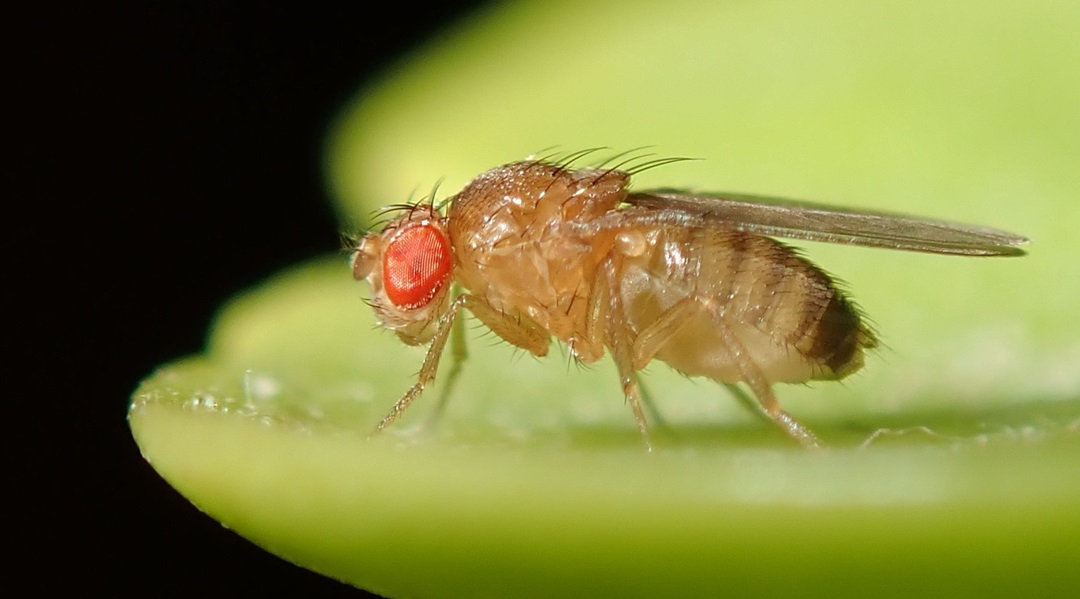Parasites are things from nightmares – something that lives inside you, wiggling around, feeding from your energy. Horror movie fans might immediately think of the chest-burster from the Alien franchise, which is, fortunately, only a work of science fiction. For many insects, however, this isn’t science fiction at all: it’s a deadly reality, thanks to parasitoid wasps.
Parasitoid wasps lay their eggs inside (or on) other insects, where their young develop by feeding on the host, eventually killing it.
Fortunately, not all hope is lost as a range of defense mechanisms have been discovered against such parasitic incursions. One such mechanism was recently identified in a study published in Science Advances, where researchers from Zhejiang University in China used the fruit fly (Drosophila melanogaster) as a model species to study parasitoid wasp infections. They found that infected fruit flies seek a warm place to induce a fever.
Fevers are a common defense mechanism across the animal kingdom, since a raised body temperature helps fight infections. In warm-blooded animals like mammals, fevers occur automatically in response to infections caused by both microparasites (like viruses, bacteria, and fungi) and macroparasites (like parasitic worms). Cold-blooded animals like insects, on the other hand, can’t generate internal heat themselves. Instead, they rely on the external environment and must seek out warmer conditions to induce a fever.
This is known as behavioral fever.
While behavioral fever in cold-blooded animals has been documented before, what its role is in fighting macroparasites (if any) remains a largely unexplored question. To test this question, the researchers built an apparatus that allowed both infected and non-infected fly larvae to choose between warmer and cooler temperatures. They found that late-stage infected larvae consistently preferred warmer environments. This suggests that parasitoid infection does trigger behavioral fever in fruit flies, which raises two further questions: how is it regulated, and how (if at all) does it kill off the infection?
The researchers first looked at gene expression differences between infected and non-infected larvae. They found elevated expression of genes that transcribe heat shock proteins, a type of protein that helps cells function under higher temperatures. Using gene deletions and RNA interference to suppress or ectopic expression to overexpress the relevant genes, they were able to control larvae temperature preferences predictably—higher expression led to a higher temperature preference—confirming a role for the genes in driving behavioral fever.
They also found that warmer temperatures benefitted host survival by leading to greater mortality in the developing wasps. This beneficial effect was correlated with increased expression of immune-related genes, including antimicrobial peptides, which disrupted the gut microbiome of the developing wasp.
For now, I’m glad chest-bursters aren’t coming for me, but I can definitely sympathize with the insects that have to endure the real-life nightmare. At least they are not defenseless – and these findings likely extend more broadly to many other insects. Future studies will need to delve deeper into this defense mechanism, as it is still unclear how heat shock proteins specifically act to alter thermal preference or regulate the expression of immune-relevant genes.
Feature image credit: alexis_orion via iNaturalist.














